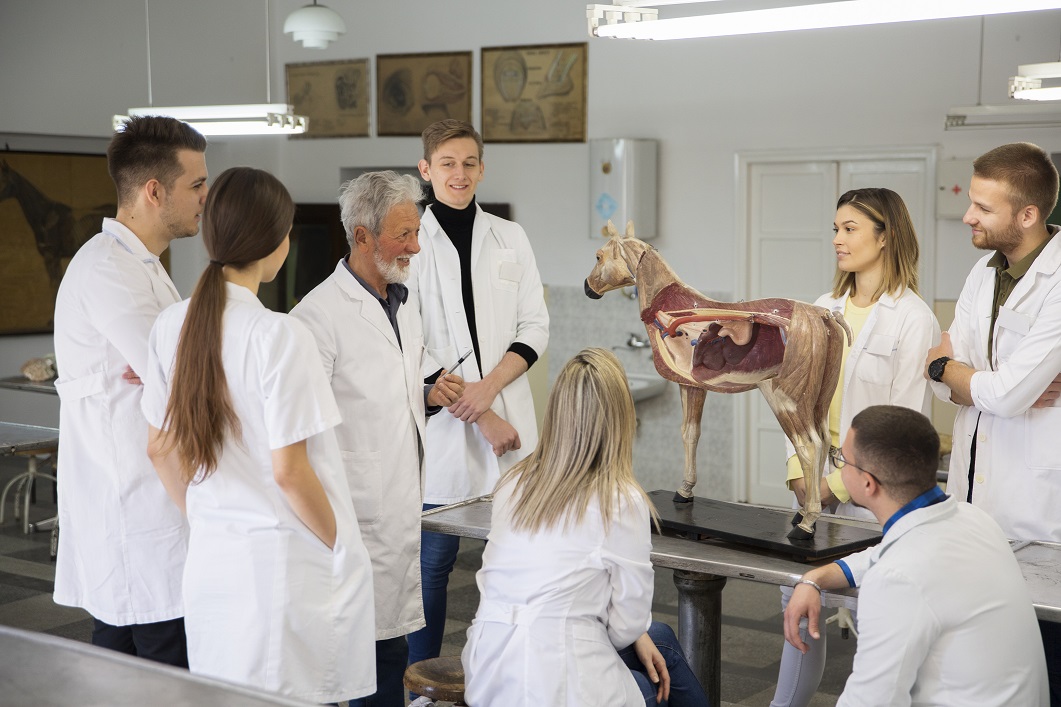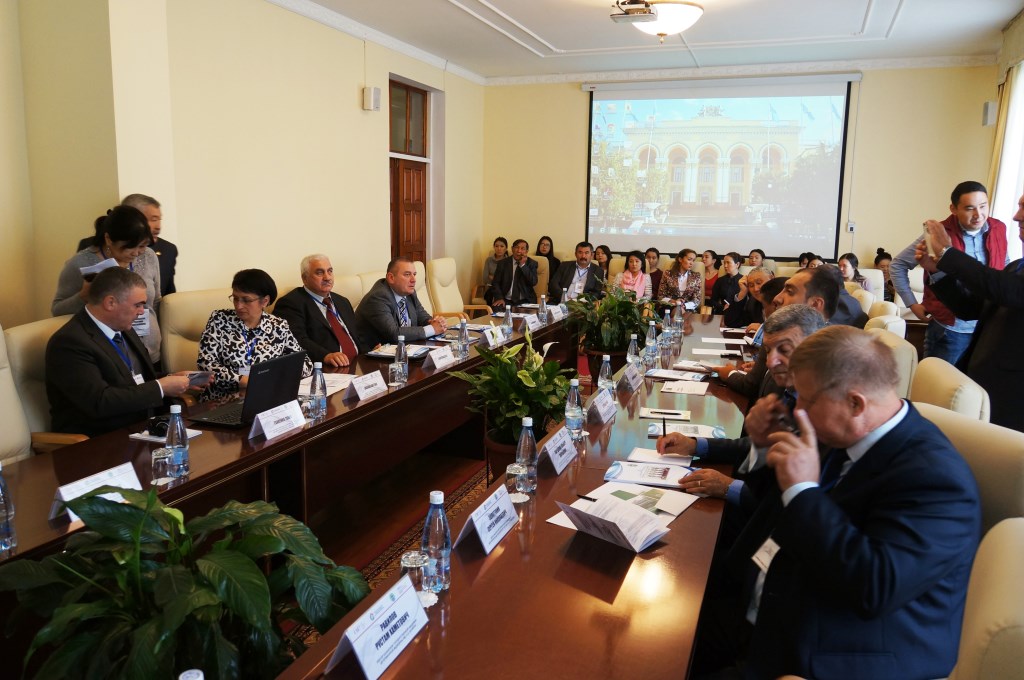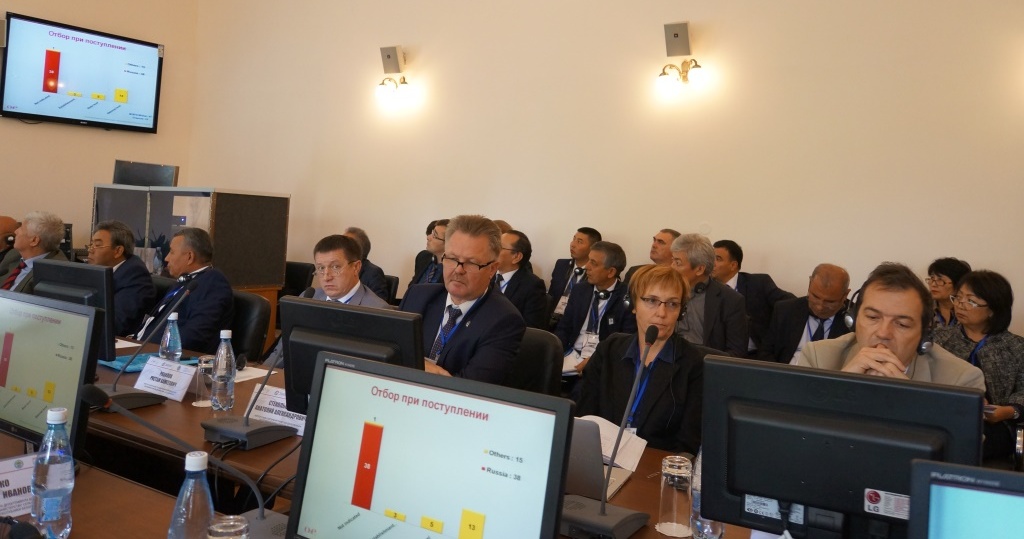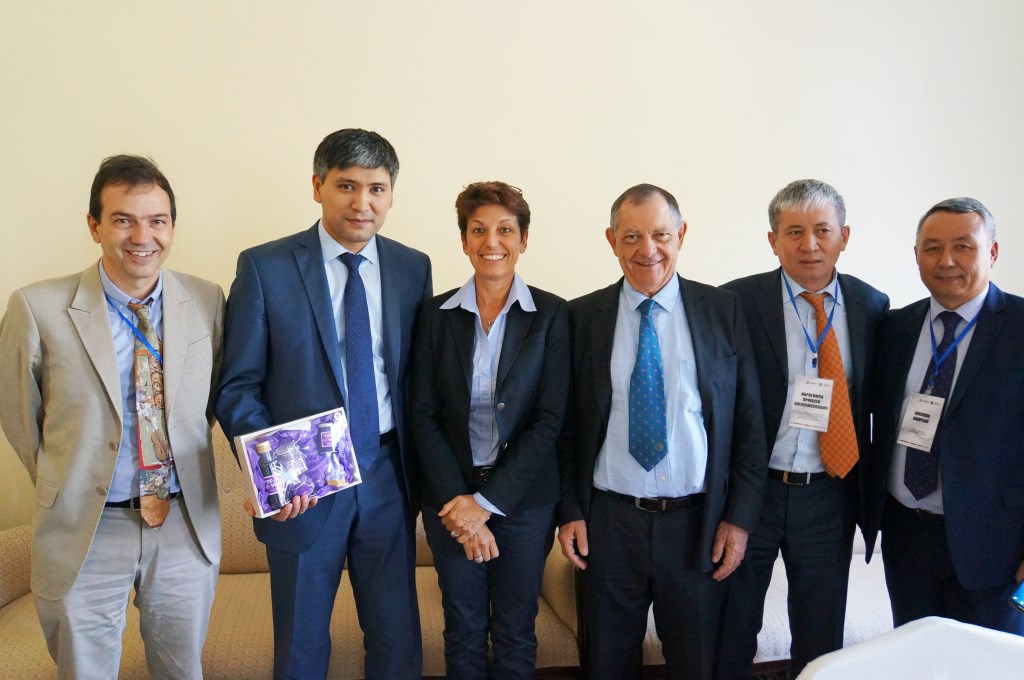
On 12-13 October 2016, Almaty (Kazakhstan) welcomed the first regional meeting on veterinary education in Eurasia.
The Vice-Minister of Agriculture of Kazakhstan, Ms Gulmira Issayeva, wanted to share her country’s experience in the implementation of OIE twinning program, in order to improve the quality of the veterinary services, improve animal health and, finally, enabling Kazakh animal products to access international markets.
The meeting had the main objective to develop future action in Eurasia:
and
The outcomes of two ongoing Veterinary Education twinning projects with French veterinary schools led the discussions. One between Kazakhstan (Kazakh National Agrarian University in Almaty, KazNAU) and France (National Veterinary School of Toulouse, ENVT), the second one between Ukraine (Agrarian University of Bila Tserkva) and France (National Veterinary School of Lyon, VetAgroSup). Target of these twinning projects: to align veterinary education curricula with OIE guidelines and recommendations on veterinary education.
A regional dynamic in action
Participants, in working groups, actively exchanged ideas and points of view on the expected improvement of education methods. First of all, better settle up veterinary education in the real world by developing collaboration between veterinary faculties and professional world and launch experience sharing, the creation of a common platform of knowledge (bibliographic resources, distance learning …) or enhancing of the already existing collaborative networks, to refocus on a regional approach to exchange issues, materials, staffs or students. As an outcome of such a regional development emerged the interest for a common recognized diploma for the region, enabling future exchanges of vets, each country keeping its specificities.
The recommendations adopted by participants concentrated around three main objectives: strengthening the curricula, improve the dialogue between Veterinary Statutory Bodies (VSBs) and VEEs, and improvement of the continuing education.
To guide activities in the coming year, the meeting concluded with some important recommendations, namely:
The numerous ideas risen naturally led the discussion to propose the creation of a regional association of veterinary education establishments, a dedicated place to discuss them in regular meetings. The level of knowledge and skills, the mobilization of each country, school, university, and Russian language as common means of communication are the identified strengths for its implementation.
A few months after the meeting, some of the participating VEEs started to engage in new projects.
Kyrgyzstan and Belarus, already involved in a reflexion of potential further twinning at the time of the meeting, have started preparing twinning requests.
A cooperation agreement has been signed between KazNAU and Agrarian University of Bila Tserkva, the latest preparing other partnerships with some of the VEEs present in the Almaty’s meeting.
Being a pioneer in the region, this meeting highlighted the interest to revise veterinary curriculum in the participating countries, paying specific attention to compliance of the curriculum with the OIE guidelines. Let us hope this is just of beginning of a regional dynamic where the VEEs and veterinary services will work together to better understand how to implement the OIE guidelines and recommendations on veterinary education.




